In the realm of healthcare, maintaining a sterile environment is paramount to preventing infections and ensuring patient safety. One of the key practices employed to achieve this goal is the aseptic technique.
This meticulous approach to handling and administering medical procedures plays a crucial role in safeguarding health and minimizing the risk of contamination.
Understanding Aseptic Technique:
Aseptic technique involves a set of practices designed to maintain a sterile field and prevent the introduction of microorganisms into a patient’s body or medical equipment. These practices are essential during various medical procedures, including surgeries, wound care, and the administration of medications.
Key Components of Aseptic Technique:
- Hand Hygiene: Aseptic technique begins with proper hand hygiene. Healthcare professionals are required to thoroughly wash their hands using antiseptic solutions before engaging in any aseptic procedure. This simple yet effective step is fundamental in reducing the transmission of harmful microorganisms.
- Sterile Attire and Equipment: Healthcare workers must wear sterile attire, including gowns, gloves, masks, and caps, to minimize the risk of introducing contaminants. Additionally, all equipment used in aseptic procedures must be sterilized to ensure a pristine environment.
- Sterile Field Maintenance: Maintaining a sterile field is crucial during procedures such as surgeries. This involves creating a designated area that is free from contaminants, regularly monitoring it, and taking immediate corrective actions if a breach is detected.
- Proper Technique During Procedures: Healthcare professionals are trained to employ specific techniques to minimize the risk of contamination during procedures. This includes careful handling of instruments, using sterile drapes, and avoiding unnecessary movements that could compromise the sterile field.
Benefits of Aseptic Technique:
- Prevention of Infections: Aseptic technique significantly reduces the risk of infections associated with medical procedures. By eliminating or minimizing the introduction of microorganisms, healthcare providers can create a safer environment for patients, particularly those with compromised immune systems.
- Improved Patient Outcomes: Patients undergoing procedures where aseptic technique is employed are more likely to experience positive outcomes. Reduced infection rates contribute to faster recovery times, lower healthcare costs, and overall improved patient satisfaction.
- Increased Safety for Healthcare Providers: Aseptic technique not only protects patients but also safeguards healthcare providers. By adhering to strict protocols, professionals minimize their exposure to potentially harmful pathogens, fostering a safer working environment.
- Cost Savings: Preventing infections through aseptic techniques can lead to substantial cost savings for healthcare institutions. Fewer post-procedural complications mean reduced hospital stays, decreased need for additional treatments, and a more efficient allocation of resources.
In conclusion, the adoption of aseptic technique represents a fundamental commitment to patient safety in the healthcare industry. As the cornerstone of infection prevention, these practices ensure that medical procedures are conducted in a sterile environment, ultimately improving patient outcomes, enhancing safety for healthcare providers, and contributing to cost-effective healthcare delivery. As technology advances, the continuous refinement and integration of aseptic techniques will play a pivotal role in shaping the future of healthcare and maintaining the highest standards of patient care.
Mantell Associates is a specialist Pharmaceutical and Life Sciences headhunting firm. To find out how we can assist with your business requirements, get in touch with Robin Mantell +1 (786) 485 1298 or robin.mantell@mantellassociates.com.
Sources:
- Centers for Disease Control and Prevention (CDC):https://www.cdc.gov/
- World Health Organization (WHO):https://www.who.int/
- National Institutes of Health (NIH): https://www.nih.gov/
- Journal of Hospital Infection:https://www.journalofhospitalinfection.com/
- New England Journal of Medicine (NEJM): https://www.nejm.org/

